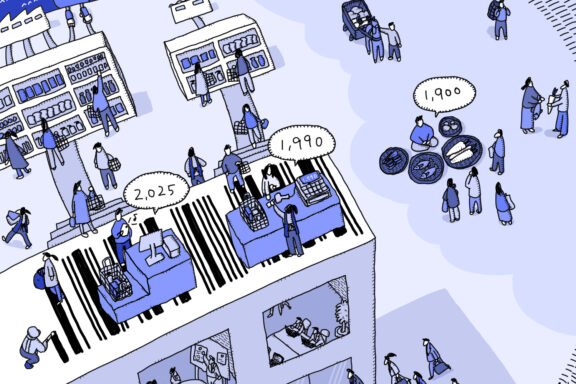Narumi Shitara (Scholarly publishing)
One summer long ago when I was still an undergraduate student majoring in American literature, I was at a loss. My assignment was a report on Nathaniel Hawthorne, but I could not come up with a topic at all (if you say, “Oh, Hawthorne! The author of The Scarlet Letter?” we can be good friends). Then, I found a bulletin on my grandmother’s bookshelf. As I flipped through the old pages, I unexpectedly found an article on Hawthorne, which made me jump with joy. This was probably the first time I became aware of academic journals. If I remember correctly, on graduation day, I received, together with my diploma, a copy of the journal published by the English Literary Society of my university and an invitation letter to join the society. This piqued my interest in the structure of academic journals.
The situation surrounding academic publishing has changed dramatically since those days in the 1990s. While the development of ICT and e-journals has enhanced convenience, journal prices have continued to rise, and although the open access movement has advanced as a countermeasure, it has created a new set of problems, such as APCs (article processing charges), predatory journals, and so on. Amid these changes, Masaki Arita looks back at the history and provides insights into the current challenges of academic publishing in his 2021 book The Progress of Academic Publishing (Iwanami Science Library, 307, Iwanami Shoten, in Japanese). He explains in an easy-to-understand manner the process of producing papers from submission to peer review and editing, the beginnings of academic and commercial publishing, the structural changes brought about by the media magnate Robert Maxwell, the problems caused by the ranking and commercialization of academic journals, and so on. Although the Serials Crisis (the soaring prices of academic journals) has been reported in Japanese newspapers, there is not much public interest in it, as non-researchers are not very familiar with academic journals and bulletins. Even researchers may be unaware of issues surrounding academic publishing if they are not directly involved in editing journals or library management. However, because journals are important media indispensable for the cycle of research, which in turn contributes to public debates in all manner of fields, their future should be considered by society at large, beyond the boundaries of the academic world. This book should therefore be read widely.
Dr. Arita notes that the critique of commercial publishing and the shift to open access is still centered in Europe, where there is active discussion in the intellectual community on a variety of topics related to academic publishing. In contrast, in Asian countries, “the goal seems to be to conform to the system prepared by the West” (p. 41). These words ring true for me, as I try to stay abreast of and respond to guidelines and policies issued one after another by academics and leading publishers in Europe and the U.S. What can, or rather, what should I do, as one who is involved in the management of academic journals outside the West? I would like to consider this as my own challenge.
(Illustration by Atelier Epocha)
This article is also available in Japanese. >>
「出版から学術の未来を考える」(設樂成実)






